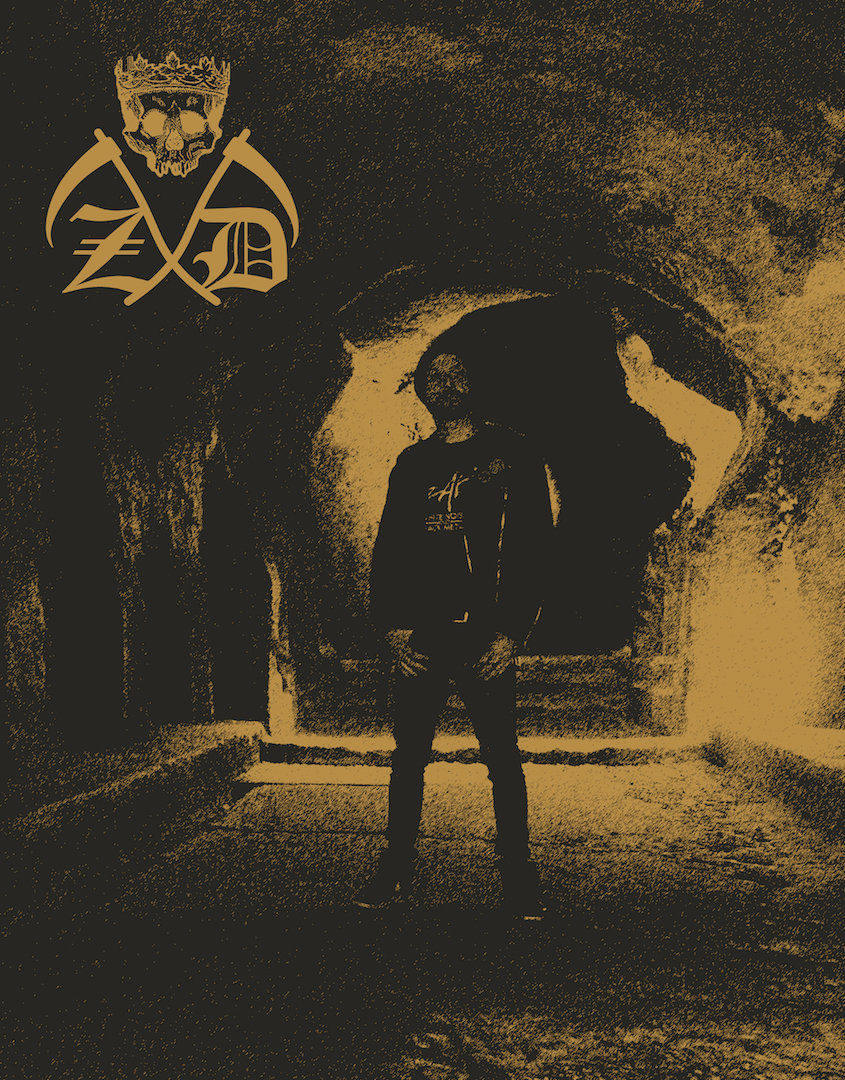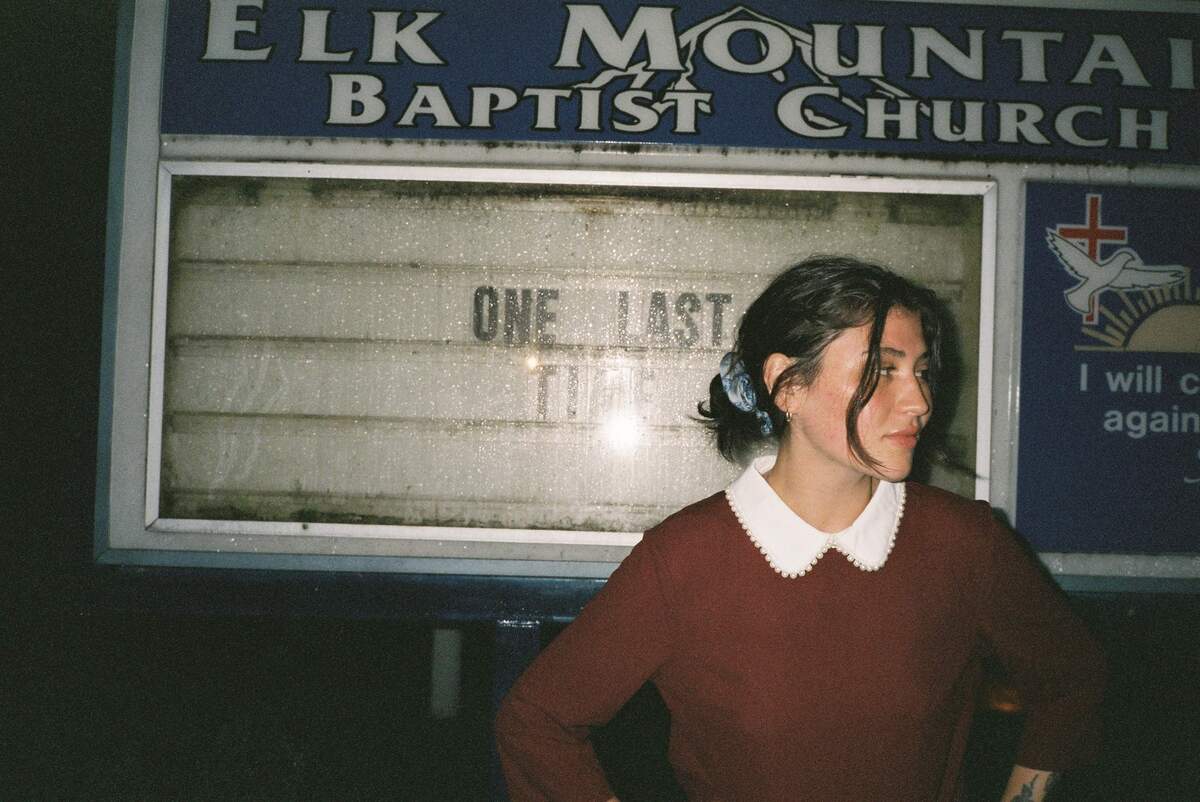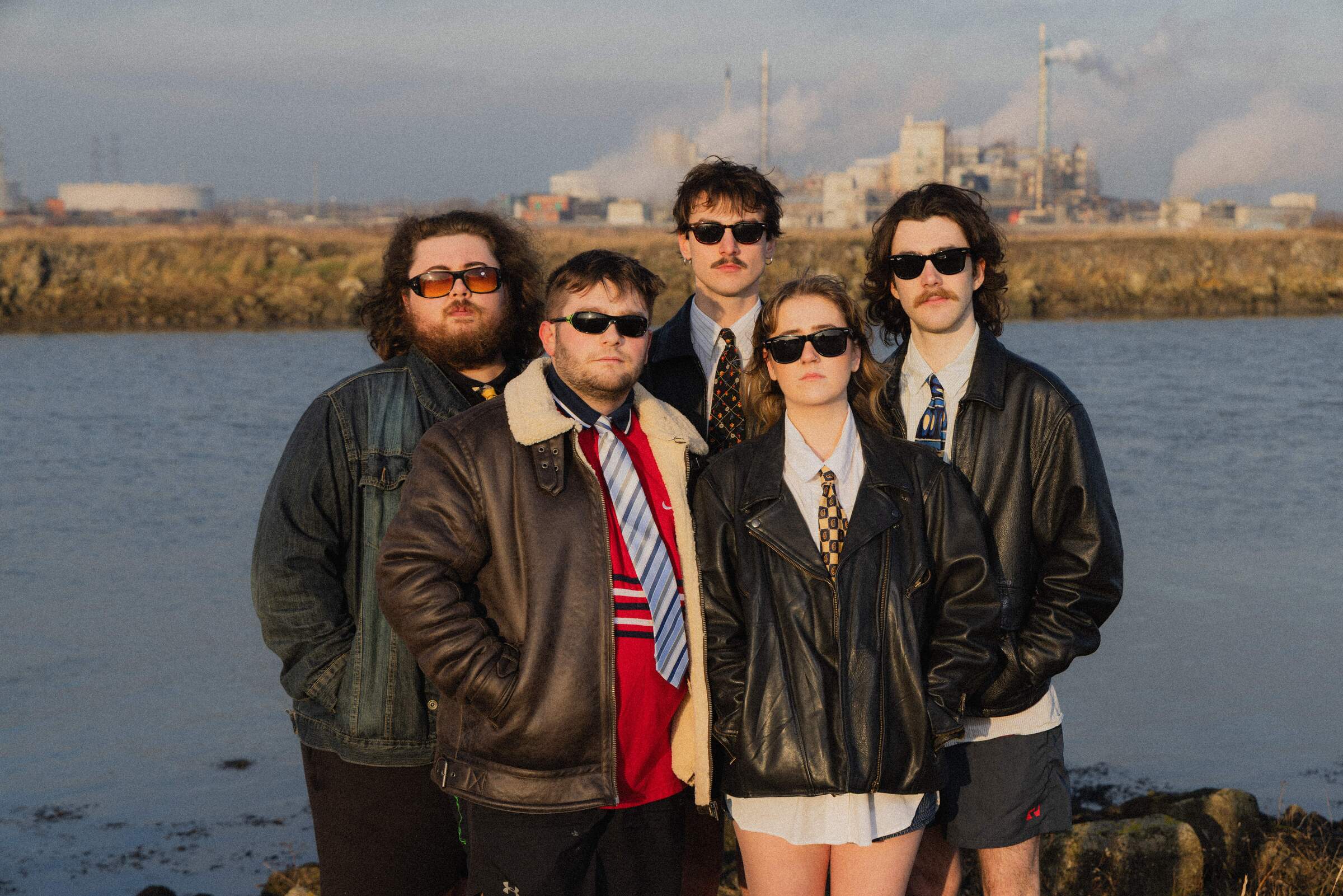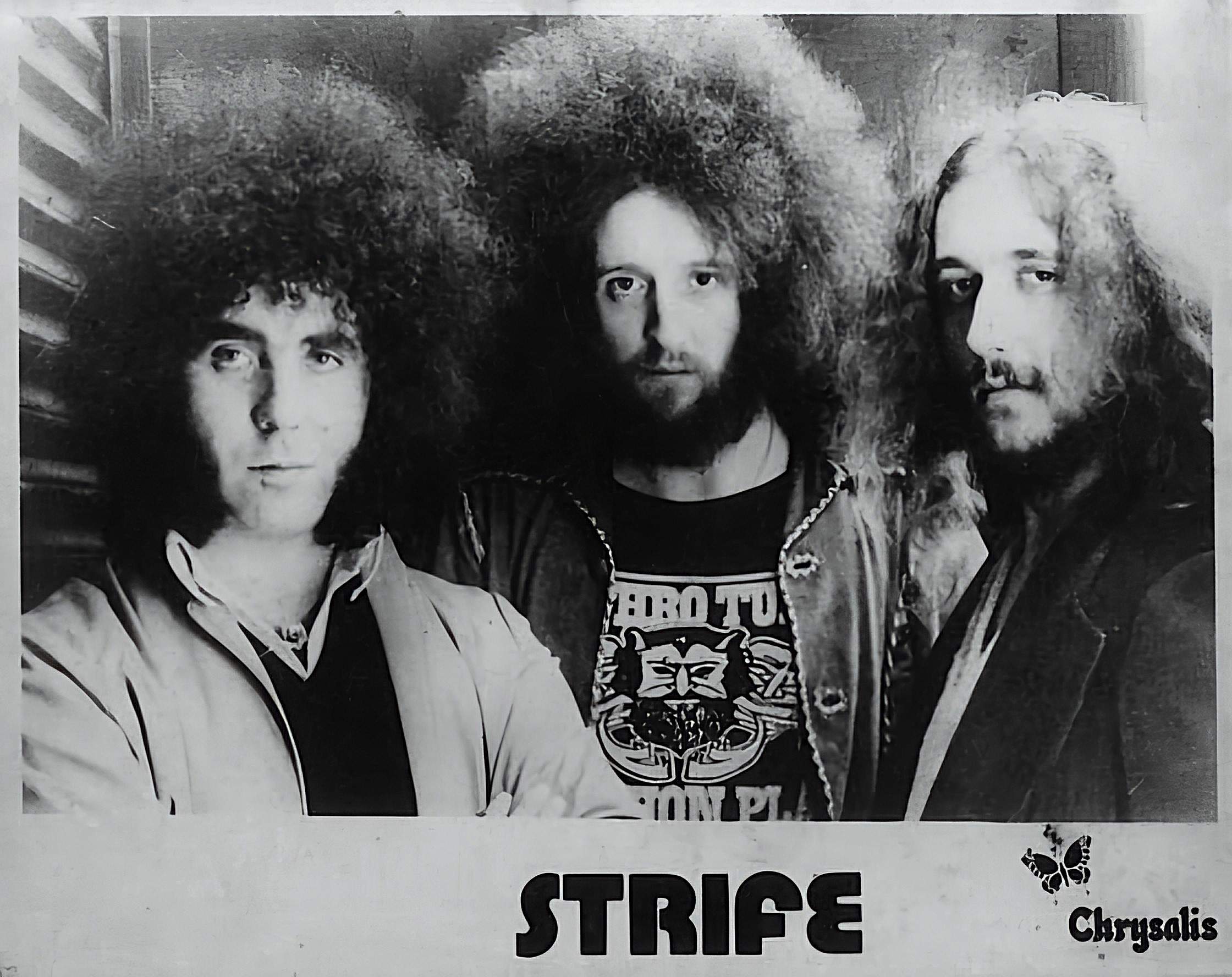Zwarte Dood | Interview | “Horror, Mythology, Witchcraft, and the Occult”
How sound, noise, and music can evoke deeply personal, spiritual, and ritualistic experiences.
Zwarte Dood is the moniker of Joeri Cooreman (LVTHN, Wanhoop) from Denderleeuw, Belgium, for his solo recordings inspired by ’90s Scandinavian Black Metal. So far, he has released two demos (compiled as a vinyl album last year), an EP, and a split with ISH KERIOTH.
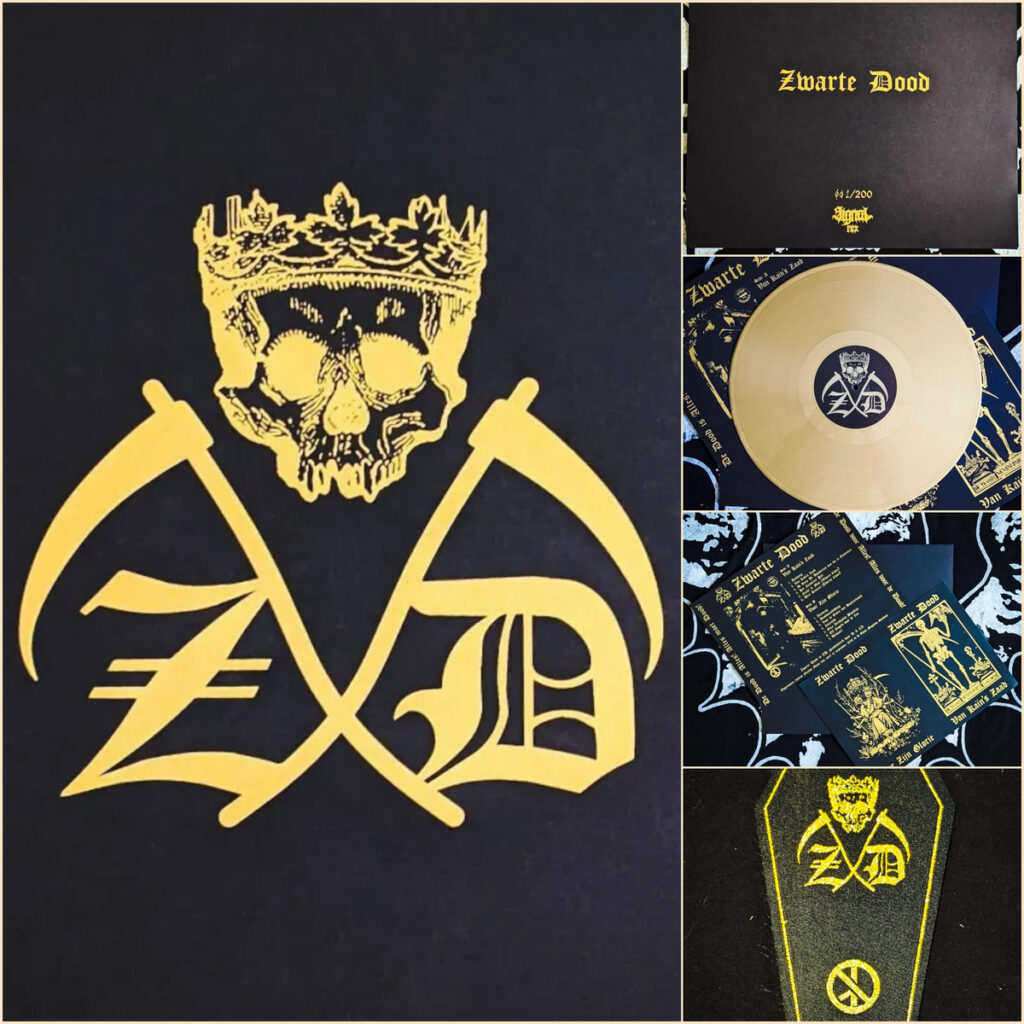
“What had once felt like a distant dream transformed into a musical reality.”
When did you start Zwarte Dood?
Joeri Cooreman: The concept for Zwarte Dood had been brewing in my mind since the late ’90s, but finding the right collaborators to bring it to life proved elusive. It wasn’t until 2013, when I co-founded LVTHN with Hans Cools (Oerheks, Silver Knife, and more), that things began to take shape. Through LVTHN, I encountered an incredible group of like-minded musicians, with two standing out besides Hans—Déhà (whose prolific work spans countless projects) and Corvus von Burtle (Wolvennest, Cult of Erinyes, Aerdryk, among others). Both became not only collaborators but also good friends. When I shared my long-nurtured vision for Zwarte Dood with them, they immediately understood, and together, we finally brought it to life in 2018 after years of conceptual exploration. What had once felt like a distant dream transformed into a musical reality.
Why did you decide that Zwarte Dood would be early ’90s Scandinavian-inspired Black Metal?
My musical and spiritual awakening began around the age of 13, fueled by a fascination with the darker aspects of life—Horror, Mythology, Witchcraft, and the Occult. These interests were nurtured through books I discovered in my local library, opening a door to a world that felt eerily aligned with my inner self. During this time, I also stumbled upon the heavier, darker side of music, coinciding with the peak of the Scandinavian Black Metal scene. This revelation seamlessly blended my two worlds: the shadowy mysticism I had been exploring and the raw, primal energy of Black Metal.
Without the convenience of internet access, I could only skim the surface of this new realm, which only fueled my determination to explore further. Gradually, I delved deeper into the underground scene through zines, tape trading, and live shows. I endured the trials posed by the older gatekeepers, at a time when Black Metal fandom was a physical experience, far removed from today’s digital landscape. These challenges only intensified my passion and commitment, and over time, Black Metal became an inseparable part of my identity.
In creating Zwarte Dood, these experiences shaped a dual purpose. The first was to explore the true essence of Black Metal—a quest ignited by discovering bands like Ildjarn and Abruptum, who, in my view, perfectly embodied the raw, untamed spirit of the genre. By the late ’90s and early 2000s, I felt the scene had started to dilute, with many bands losing touch with that primal core. Although there was a resurgence between 2001 and 2008, I believe we are facing a diluted scene once again. Zwarte Dood was born from my desire to recreate that essence—to recapture the spirit that initially ignited my love for Black Metal.
The second intent of Zwarte Dood is to delve into how sound, noise, and music can evoke deeply personal, spiritual, and ritualistic experiences. Recording these demos has led to profound insights, as I consistently aim to reach specific mental and emotional states during the creative process. However, Zwarte Dood is, without a doubt, the most personal project I’ve undertaken—it intertwines music and spirituality with who I am at my core.
One funny comment on your Bandcamp about ‘Van Kaïn’s Zaad’ is “the production is not optimal”, but that sound is dirty by intent, right?
Let’s refer to it as a form of sonic gatekeeping—a veil you must pierce to grasp its true nature. To the uninitiated, the sound may seem like mere noise, but there’s a hidden world within it—a layered realm of meaning and essence waiting to be discovered by those brave enough to seek beyond the surface. The noise itself is not simply chaos; it holds secrets, vibrating with intent and offering more to those willing to delve deeper, to those who dare to listen with more than just their ears.
You played in bands such as LVTHN and Wanhoop before. Why did you want to pursue Zwarte Dood as a solo project?
LVTHN was conjured into existence as a band with a shared vision between two minds, focusing on some common obsessions but with a different purpose. It thrives on the energy of the crowd, drawing power from the collective force of an audience to unleash its full potential.
In contrast, Zwarte Dood is a far more intimate vessel—my creation alone, both conceptually and spiritually. It’s deeply personal, as I’ve mentioned, though it has come to life with the aid of other talented musicians. Yet, at its core, Zwarte Dood is a manifestation of my singular vision, a reflection of my inner world.
There’s a big difference between ‘Van Kaïn’s Zaad’ and ‘Waanzin.’ Can you tell me how the music of Zwarte Dood has evolved between 2018 and now?
The two full demos from 2018, ‘Van Kaïn’s Zaad’ and ‘Voor Zijn Glorie,’ are aligned and represent what I feel is the pure essence of Black Metal musically. They come closest to embodying the core of Black Metal in its raw, unfiltered form. Then there’s Waanzin. This recording stands apart—it was the most intense musical experience I’ve ever had. Created during a troubled period in my life, it carries that energy, and it shows in every note. I don’t view it as a mere demo, but rather as a side EP—something distinct. In many ways, this EP captures the spiritual essence of Black Metal more profoundly than anything else I’ve done.
The track ‘Doodse Stilte,’ from the split tape with ‘Ish Kerioth,’ serves as a glimpse into what lies ahead. It offers a preview of the evolving sound and vision that will shape the next chapter, hinting at deeper explorations to come. This track is more than just a bridge—it’s a harbinger of the future, carrying forward the essence while pushing into new territories.
After ‘Waanzin,’ there was a compilation, so the last material was from 2022. Are you working on new material at this moment? Is there a new release in the pipeline?
What lies ahead for Zwarte Dood remains uncertain. Recordings for a full-length album are already underway, with only the vocals and the conceptual work still to be completed. Alongside this, there will be separate recordings—much like Waanzin—where the intent is to once again explore deeper spiritual dimensions through sound. I’ve also been in discussions with intriguing individuals for potential collaborations, but where those paths may lead is still unknown. For now, patience is required, as no timeline has been set for when these works will fully materialize. Only time will reveal the next step in Zwarte Dood’s journey.
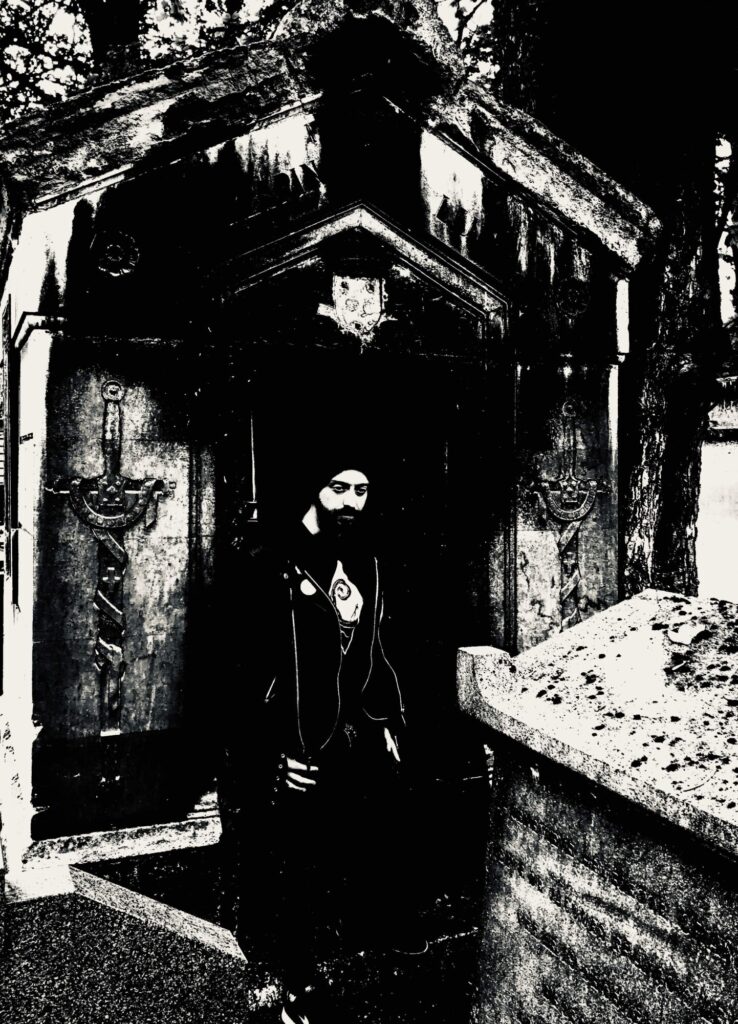
Is Zwarte Dood only a recording project, or do you perform live as well?
So far, Zwarte Dood has only existed as a recording project, but I’m not closing the door on the possibility of performing live someday. If it ever happens, it must be in the perfect setting, at the right location. I wouldn’t want it to be just another live show—it would need to be a deeply personal, mystical, and esoteric experience, something that transcends the ordinary. I wouldn’t settle for anything less.
Joeri Bruyninckx
Zwarte Dood Instagram / Bandcamp

